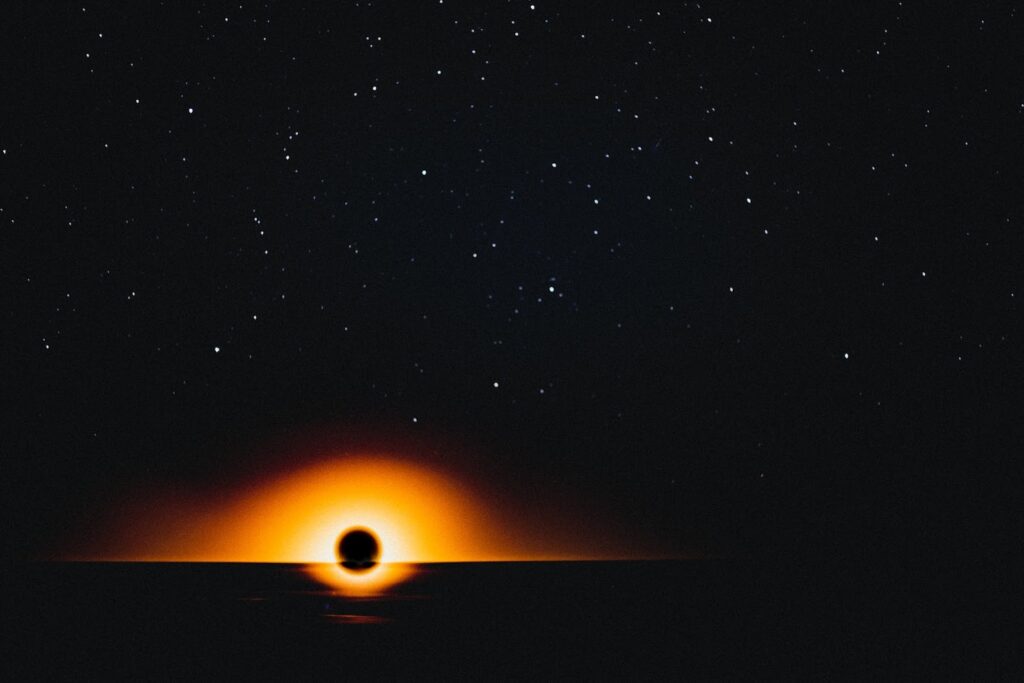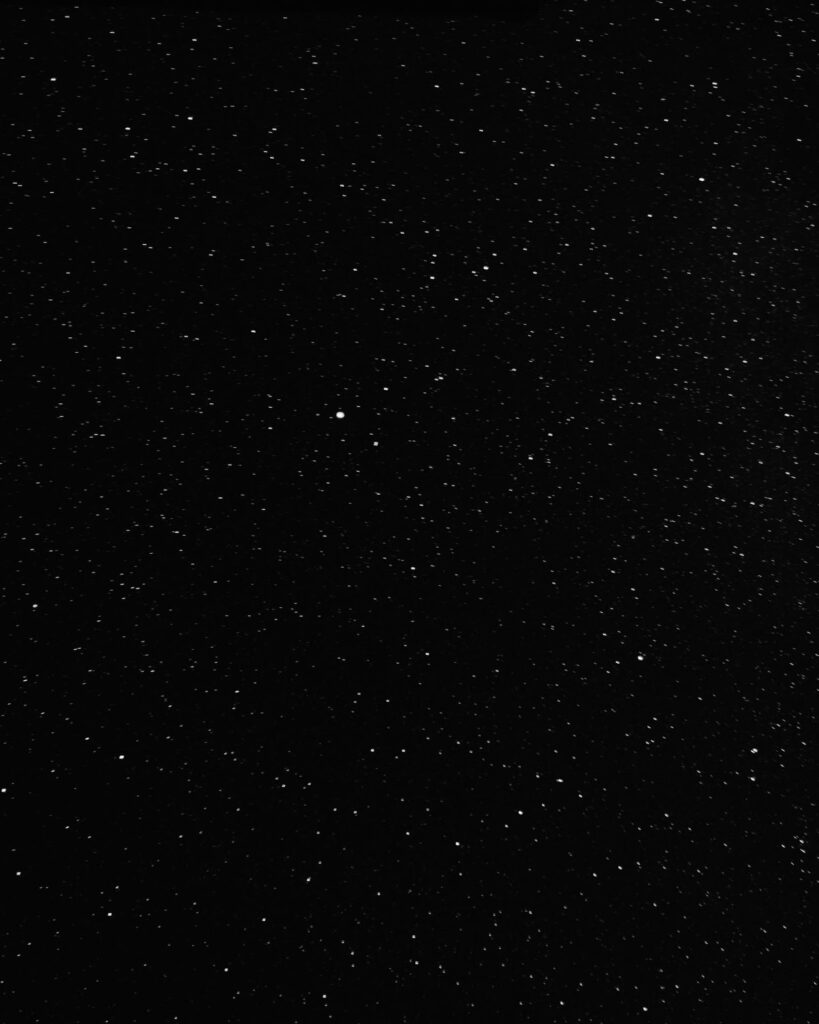When it comes to our vast universe there are a great many terms and concepts to come to grips with. One such term is black holes. A common question we hear is how big is a black hole? In this article we will attempt to give you an answer to this question.
In order to understand the scale of a black hole of course we will need to find out more about these phenomena. So in this post we will look more closely at what black holes are and explore some of their unique properties.
What Is a Black Hole?
According to the National Aeronautics and Space Administration (NASA) a black hole is an area in space where the pull of gravity is so strong that matter is squeezed into a tiny space. Commonly these form as a result of a dying star.

We can not generally see black holes because the gravitational pull is so strong that no light can escape. They are essentially invisible and can only be detected by observing stars that surround them. Space telescopes with specialized tools observe the behavior of stars that may be close to a black hole to confirm the presence of these phenomena.
A black hole forms upon the death of a star, usually when a large sun has undergone a supernova explosion event. Generally speaking smaller stars do not form black holes but instead become dense neutron stars which are not massive enough to trap light.
Is It an Empty Space?
Some may think black holes are empty space but this is far from the reality. They are instead a very densely packed clump of matter. This is often described as being an area ten times larger than the sun being compressed into a sphere roughly the diameter of New York City.

This dense compaction creates a gravitational pull so strong that no matter can escape nor can any light. Science has theorized their existence for centuries and Einstein’s theory of general relativity essentially predicted the existence of black holes.
Einstein’s Theory
Einstein’s theory of general relativity suggests that when a massive star dies it leaves behind a small, dense remnant core. It further predicts that if the core’s mass is more than about three times the mass of the sun itself the force of gravity overwhelms all other forces and produces a black hole.

How Are Black Holes Detected?
As mentioned scientists can not directly observe black holes. Even if they use telescopes that can detect x-rays, light or other forms of electromagnetic radiation the nature of black holes does not allow them to be viewed.
We therefore can only infer the presence of a black hole and studying them must be based on the activity of matter near a potential black hole site. As an example if a blackhole is passing through a cloud of interstellar matter it will draw some of this matter into itself. This process is referred to as accretion.
A similar process to accretion can also happen when another star passes close to the black hole. In this case the black hole’s forces can start to tear the star apart as they are pulled toward the dense compacted mass. As the attracted matter of the star accelerates and heats up, it emits x-rays that radiate into space.
What Effects Do Black Holes Have on the Area Around Them?
Recent discoveries suggest that black holes have a dramatic influence on the area around them. They cause the emission of powerful gamma ray bursts, they devour nearby stars, and may spur the growth of new stars in some areas while stalling it in others.
Origin of Black Hole Theory
The earliest concept of a body so big that even light can not escape originated in 1784 when astronomical pioneer and clergyman John Michell briefly proposed the idea. Using simplistic equations Michell theorized that such a body might have the same density as the Sun, and concluded that one would form when a star’s diameter exceeds the sun’s by a factor of 500.
Michell further theorized that if the object’s surface escape velocity exceeded the speed of light this would create a so-called dark-star. He would correctly estimate that such a body would likely affect nearby visible bodies due to its gravitational pull.
How Large Is a Black Hole?
According to NASA black holes can be greatly varied in size, some being essentially tiny while others are vastly enormous. There are countless black holes which formed from massive former stars peppered throughout the universe.
These “stellar mass” black holes generally range between 10 – 24 times the size of our own sun. It takes observation of nearby stars to pinpoint where these black holes are located. Most of these stellar black holes are very difficult to detect.
Judging from the number of stars that are large enough to produce such black holes, scientists estimate that there are as many as ten million to a billion potential black holes in the Milky Way alone.

Giant versions known as “supermassive” black holes, are millions, if not billions, of times as massive as our own sun. Astronomers believe that these supermassive black holes may lie at the center of almost all of the large galaxies. These can be detected by astronomers by watching for their effects on nearby stars and visible gases.
There are also black holes that are considered to be smaller than a single atom. They are of course tiny but due to the gravity and dense compaction they may weigh as much as a large mountain. Of course this is just theory as we can not physically weigh such a body in space.
It was once believed that medium-sized black holes were very uncommon but more recent research suggests that they do exist. The reason they are so rarely discovered however is thought to be that they usually merge together to form super massive black holes. They essentially get pulled to the center of the galaxy but they do exist for a period of time.
Final Thoughts
Black holes are interesting bodies in space that can not be seen but can be inferred to exist by the effects of the gravity they produce. They can range in size from a single atom to an area billions of times larger than our own sun.
